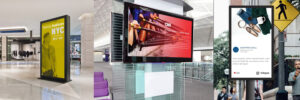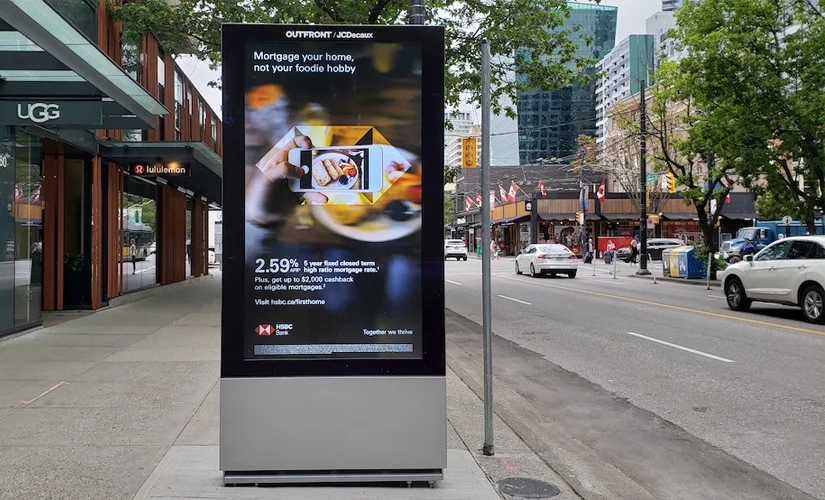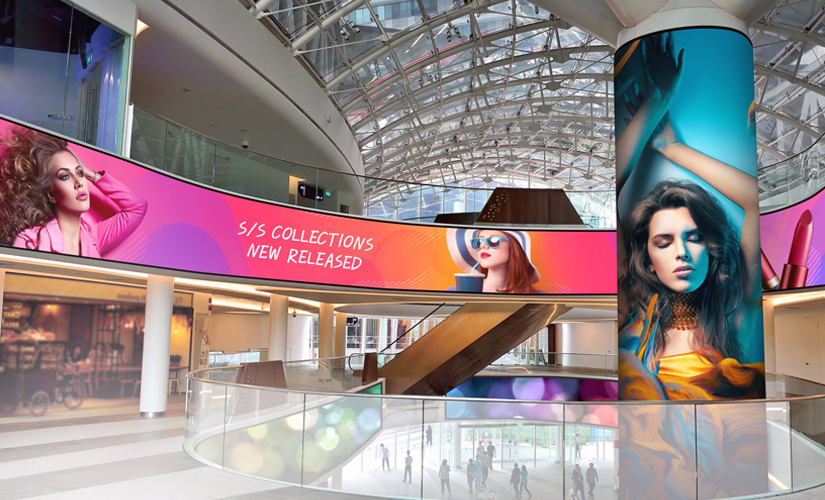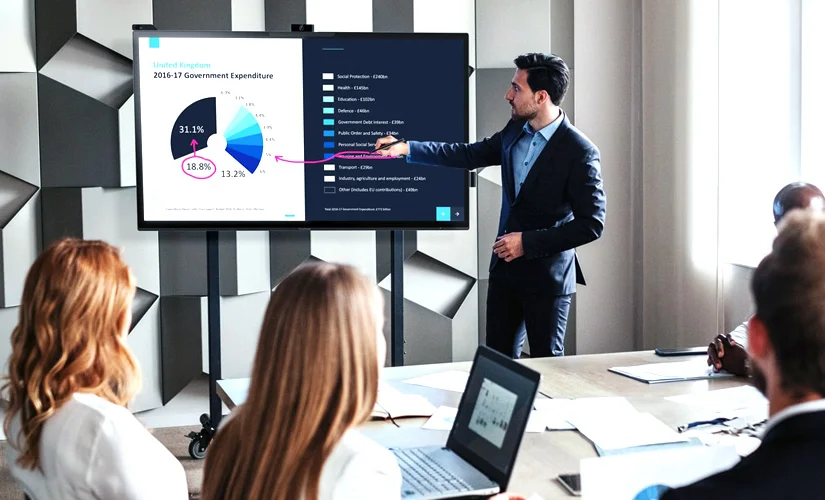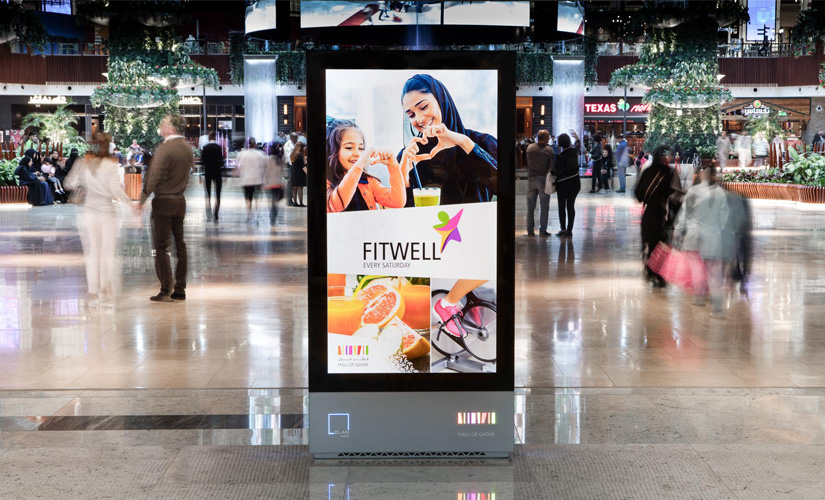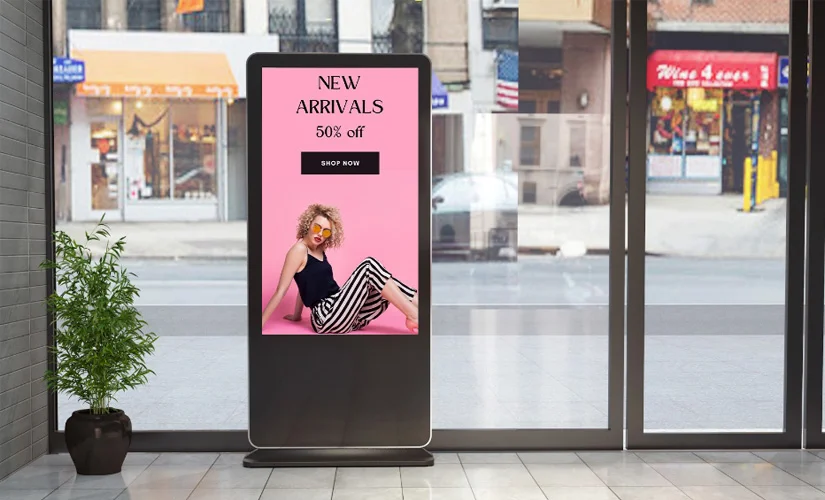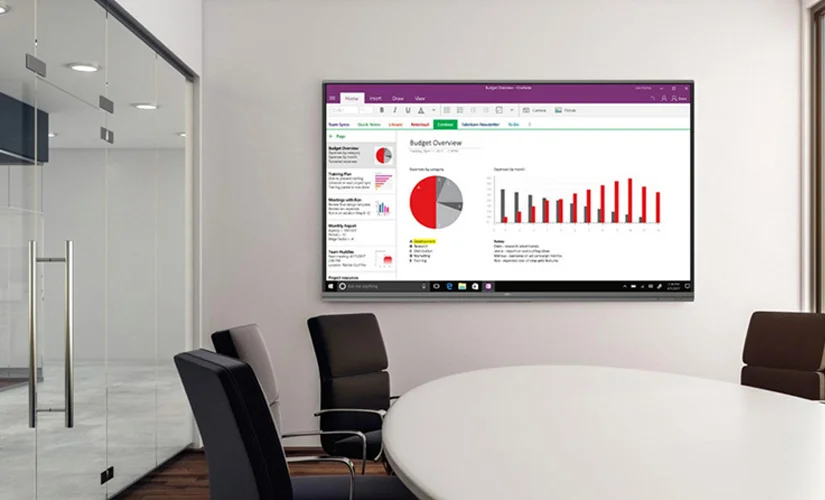Display Ideas for Your Custom Business LED Signage
In a world where the average consumer is bombarded with countless marketing messages every day, standing out can be a considerable challenge. Custom business signage represents a unique opportunity for your brand to shine, to declare its presence, and to signal success. Below, we explore innovative graphic ideas that can elevate your signage from mere communication tools to iconic symbols of your business identity.
The Power of First Impressions
The Entrance Enigma: Signage as a Welcoming Gesture
The entrance of your business is the proverbial handshake with your clients. It’s where first impressions are formed. Unique signage at this juncture should embody your brand’s ethos and welcome visitors into your world.
Crafting a Signature Look
Creating a custom sign involves more than slapping on some color and a logo. It’s about crafting an identity that’s instantly recognizable and relatable.
Typography: The Voice of Your Sign
The Font Frontier: Choosing Your Typeface
The typeface you choose is the voice of your brand. Is it a loud, boisterous shout or a sophisticated whisper? Consider the following when picking fonts:
- Readability from a distance
- Alignment with brand personality
- Compatibility with your logo
Font Pairings: Harmony or Contrast?
Pairing fonts can be a delicate dance. A strong headline font can be paired with a simpler font for details. The key is in the balance, ensuring the sign remains legible and aesthetically pleasing.
Color: The Emotion of Your Sign
The Psychology of Color
Color is not just decoration; it’s a psychological cue. Blue can be calming, red can energize, and yellow might uplift. Choose colors that not only match your branding but also evoke the desired emotional response.
Consistency is Key
Your signage color scheme should align with your overall branding for instant recognition. Consistency across all platforms ensures that your message sticks.
Imagery: The Storyteller of Your Sign
A Picture is Worth a Thousand Words
The use of imagery in your signage can tell a story about your brand without saying a word. A well-chosen image can transcend language barriers and speak to the viewer’s core.
Custom Illustrations: A Unique Tale
Custom illustrations give your brand a unique voice. They can be whimsical, professional, or anything in between, but they must always be memorable.
Sign Material and Quality: The Backbone of Your Sign
Durability Meets Design
The material you choose speaks to the quality of your brand. Durable, high-quality materials convey a sense of trust and longevity.
Finishing Touches: A Sign of Quality
Consider the finish of your sign. Glossy finishes may attract the eye, while a matte finish can denote sophistication and elegance.
Innovation in Illumination
Backlit Bonanza
Backlit signs create a halo effect that can make your signage pop, especially at night. The glow can make the difference between blending in and standing out.
Digital Dynamics
Incorporating digital elements into your signage can allow for dynamic content that can be updated as needed, perfect for time-sensitive promotions.
Integration with Architecture
Complementing the Space
Your sign should not only stand out but also fit in with its surroundings. It should complement the building’s architecture and contribute to the overall aesthetic.
Signs as Landmarks
Innovative signage can turn your business location into a landmark. Iconic signs become part of the community’s fabric, making your brand synonymous with the local landscape.
Environmental Considerations
Green Graphics
Eco-friendly materials and solar-powered illumination can reduce your environmental impact and serve as a statement about your brand’s values.
Contextual Camouflage
For businesses in natural settings or historic districts, signs that blend into the environment can show a commitment to preservation and sustainability.
The Digital Integration
QR Codes and Digital Interactions
Including QR codes on your signage can bridge the gap between the physical and digital realms, offering an interactive experience that extends beyond the sign itself.
Social Media Cues
Encourage social sharing by integrating social media handles and hashtags into your signage, making it easier for customers to connect and share their experiences.
Conclusion
Your custom business signage is not merely a marker of location; it’s a declaration of your brand’s presence and a beacon of its success. Innovative graphic ideas can transform a standard sign into a masterpiece of marketing that engages, entices, and endears. Remember, the sign you put up is a signal to the world about who you are and what you stand for. Make it count.
FAQs
Q1: How important is custom business signage? A1: Custom business signage is crucial. It acts as a silent salesperson, engages customers, and creates a first and lasting impression of your brand.
Q2: What are the best practices for choosing colors for my signage? A2: Choose colors that align with your brand identity, consider the psychology of color, ensure good contrast for readability, and maintain consistency across all branding.
Q3: What materials can be used for outdoor signs? A3: Outdoor signs can be made from various durable materials such as metal, wood, acrylic, and vinyl. The choice depends on the desired look, budget, and environmental conditions.
Q4: How do I make sure my sign is visible at night? A4: Use illumination techniques like backlighting, spotlights, or digital screens to make your sign visible at night.
Q5: Can signage really impact my business’s success? A5: Absolutely. Signage can influence customer perceptions, drive foot traffic, and enhance brand recognition, all of which contribute to your business’s success.
Q6: Is digital signage better than traditional signage? A6: Digital signage offers flexibility and dynamic content, which can be advantageous. However, the best choice depends on your specific business needs and customer base.
Q7: How do environmental factors influence sign design? A7: Environmental factors like weather, location, and the surrounding landscape can determine material choices, durability requirements, and design aesthetics.
Q8: Should my sign include contact information or just my logo? A8: It depends on the purpose of the sign. A storefront sign might focus on brand recognition with just a logo, while informational signage could include contact details.
Q9: How often should I update my signage? A9: Signage should be updated when it shows wear, no longer reflects your brand accurately, or when there’s a significant change in your marketing strategy or branding.
Q10: How can signage be used to promote sustainability? A10: Use recycled materials, solar-powered lighting, and designs that require less energy. Signage can also promote sustainability initiatives of your business to the public.


